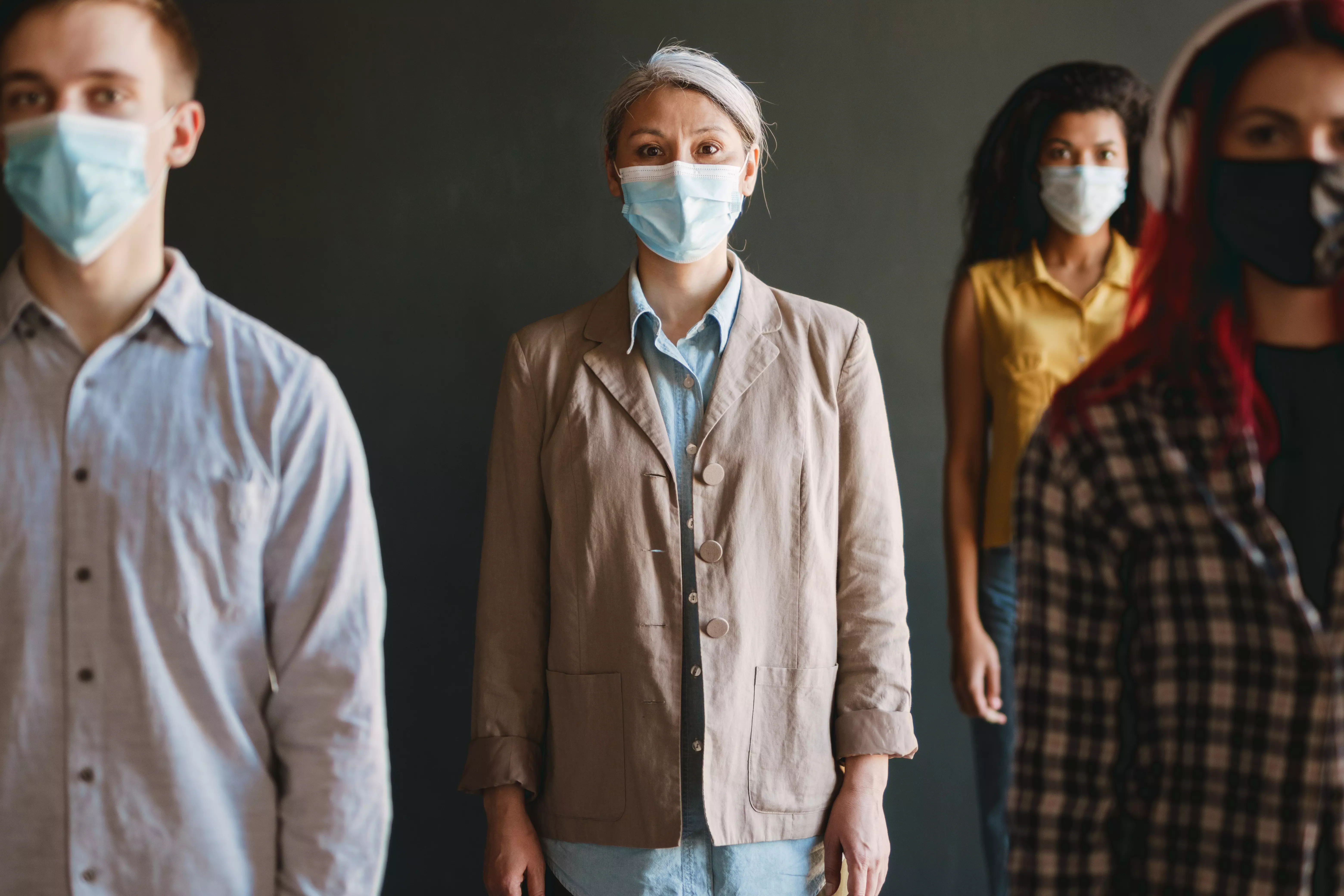COVID-19 in the context of seasonal respiratory diseases
Introduction to COVID-19 issues
Over the past few years, the COVID-19 pandemic has dominated our lives, affecting many aspects of public health. It has changed the way we view respiratory diseases, as well as our approach to the prevention and treatment of viral infections. In this article, we will look at how COVID-19 coexists with seasonal respiratory diseases such as influenza, the common cold and RSV (syncytial virus).
Seasonal respiratory diseases - what are they?
Seasonal respiratory diseases are groups of viral infections that occur with greater frequency at certain times of the year. The best known of these are the flu, the common cold and the RSV virus. The symptoms of these diseases are often similar, which can lead to confusion in diagnosis and treatment. It is worth noting that the viruses causing these conditions change every season, making it necessary for our immune systems to respond to them.

COVID-19 vs. Seasonal Viral Infections
COVID-19, caused by the SARS-CoV-2 virus, is a disease that differs significantly from typical seasonal infections. Although symptoms may overlap - e.g., cough, fever, sore throat - COVID-19 often leads to more severe complications and a longer recovery period. At the same time, the potential for infection is much wider due to the high infectivity of the virus compared to other infections.
How does COVID-19 affect seasonal respiratory diseases?
One of the most important aspects related to COVID-19 is that the virus affects the epidemiology of other viral diseases. Many studies suggest that the pandemic may have influenced changes in influenza and cold cases. For example, some seasons have seen a significant decrease in flu cases, which may be the result of the implementation of strict sanitary measures such as wearing masks, social distancing and vaccination.
Of course, the severity of seasonal illnesses in a pandemic also cannot be ignored, especially during periods of relaxed restrictions. Cases of COVID-19 coexistence with other viruses have been reported, which can lead to more serious health conditions.
The importance of vaccination in the context of COVID-19 and seasonal diseases
Vaccination has become a key element in the fight against both COVID-19 and seasonal viruses. Performing influenza vaccinations in the context of a pandemic takes on new importance, as it reduces the burden on the health care system. With vaccination, the risk of hospitalization and death from influenza can be significantly reduced, which is particularly important in the era of COVID-19.
How can you protect yourself from COVID-19 and seasonal illnesses?
Here are some practical tips that can help protect against both COVID-19 and seasonal infections:
Wearing masks in public places, especially during the peak illness season.Keeping a social distance and avoiding large gatherings.Washing hands and using disinfectant fluids.Regular vaccination for COVID-19 and influenza.A healthy lifestyle, including diet, exercise and sleep, to support the immune system.Summary
COVID-19 has certainly changed the seasonal disease landscape, introducing new challenges and changing the dynamics of its occurrence. Knowledge of the differences and similarities between COVID-19 and other respiratory infections is crucial for effective prevention and treatment. In this era of pandemics, it is very important to be vigilant and approach health in a comprehensive way, taking into account both COVID-19 and seasonal respiratory diseases. Working together and raising awareness of these issues can make a significant contribution to protecting public health and reducing the burden on the health care system.

Add comment